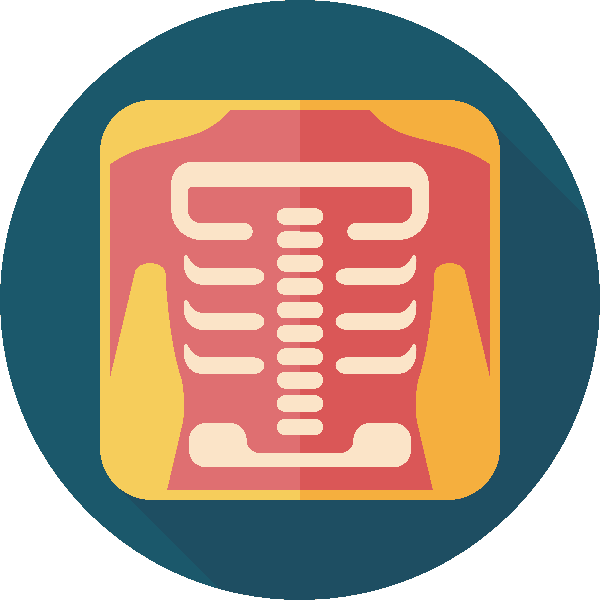Radiology Technician: A Day in Life

A radiology technician is a medical professional that conducts diagnostic imaging scans, such as x-rays or MRIs, on a patient’s body. With the help of these images, doctors can have a better idea of what is wrong with a patient. Rad techs play a pivotal role in the day-to-day activities of and the delivery of patient care. Here is a typical day in the life of a radiologic technologist.
In This Article
Where They Work
According to the U.S. Bureau of Labor Statistics (BLS), the majority of radiologic technologists work at hospitals. In fact, by 2018, the BLS found 60 percent of radiologic technologists worked at private, state, or local hospitals. 21 percent of radiologic technologists worked at the offices of physicians, while 9 percent worked at diagnostic laboratories.
Work Environment
One of the first realities of the job is that radiology techs are mostly on their feet all day. They walk patients to laboratories where they administer the diagnostic testing to the patient while standing.
Some heavy lifting could be part of the day too. Equipment may need to be moved around and, depending on the health of the patient, you might need to help or carry patients to the diagnostic rooms.
In addition, because the x-ray tech works in a medical setting, the chance of contracting infectious diseases or being exposed to harmful doses of radiation and other forms of energy from diagnostic technology is high. Luckily, proper procedures and protective gear, like shielding devices, protect technologists from over-exposure.
Tasks and Duties
On a typical workday, a radiology technician will be given instructions by a physician on what part of the body needs to be scanned on a patient. The technologist then meets with the patient, preps them for the specific diagnostic scanning procedure, and then use and monitor the diagnostic devices being used to analyze the patient.
After the procedure is completed, the technologist checks the images to make sure they are clear. The technologist then adds the pictures to the patient’s medical file, which is then taken to the patient’s doctor to analyze.
A technologist will perform these duties on several patients a day. Any non-patient work time may be spent performing administrative tasks or cleaning and taking care of the diagnostic machines.
Qualities in the Workplace
Being detailed-oriented is important. Scans need to be performed precisely in order to capture the best images for the doctor’s analysis.
The technologist must have good insight into mechanical and scientific skills so they can properly use the equipment. As previously noted, the physical exertion from standing all day means radiologic technologists should be fit and healthy.
Radiologic Technologist Hours
A full 8-hour day is very common, but more hours may be asked of many radiologic technologists. Emergency situations, like an injury, can require a radiologic technologist to come and analyze a patient.
Like many medical professionals, several shifts across a 24/7 schedule are available and need to be filled. That means many radiologic technologists work second or third shifts and will also need to work weekends.
Sources:
– http://www.bls.gov/ooh/Healthcare/Radiologic-technologists.htm
